New opportunities in research
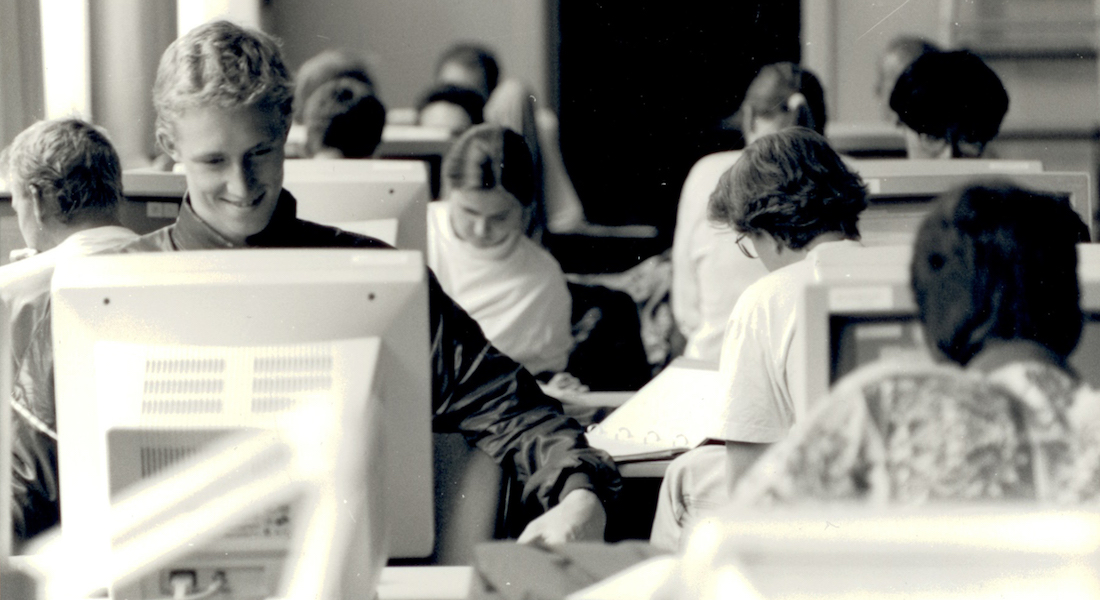
Explosion in popularity
In line with computers becoming widespread throughout society – including in private homes – Computer Science became an even more popular discipline from the late 1970s and long into the 1980s. The student intake increased heavily before it became financially possible for the Department to increase its permanent staff of lecturers.
On completion of their study programme, the vast majority of students found jobs in the private sector, which meant that there were not many left for teaching. Teaching duties were only met in an approximate manner, and several research projects were pushed into the background.
As a rather groundbreaking approach, the lecturers had begun to tape their lectures, and they distributed the tapes to the students. However, this turned out to be too time-consuming in the long run, and the speed of the technological development meant that the teaching activities often had to be adjusted.
As a result of the increasing workload, DIKU received a number of special funding allocations of DKK 50 million in 1983 and onwards. They were granted by the then Minister of Education Bertel Haarder and were to be used to employ more academic staff members and procure new, up-to-date computer equipment.
At the request of the corporate sector, which needed IT graduates, the funding allocations were sent directly to DIKU, thus bypassing UCPH’s management and the Faculty. In 1986, the Department moved from the building in Sigurdsgade to the significantly larger buildings in Universitetsparken 1, where the main part of DIKU is still domiciled today.
Did you know...
Universitetsparken 1 housed the previous Department of Medical Anatomy with blood drains in the auditoriums and coffin rooms in the basement - and they are still visible today! The well-known Danish film “Nattevagten” (Nightwatch) was shot here.
American top researcher makes groundbreaking invention
One of the Department’s research milestones in the 1980s was partial evaluation. In brief, partial evaluation is an optimisation method for making programs more efficient.
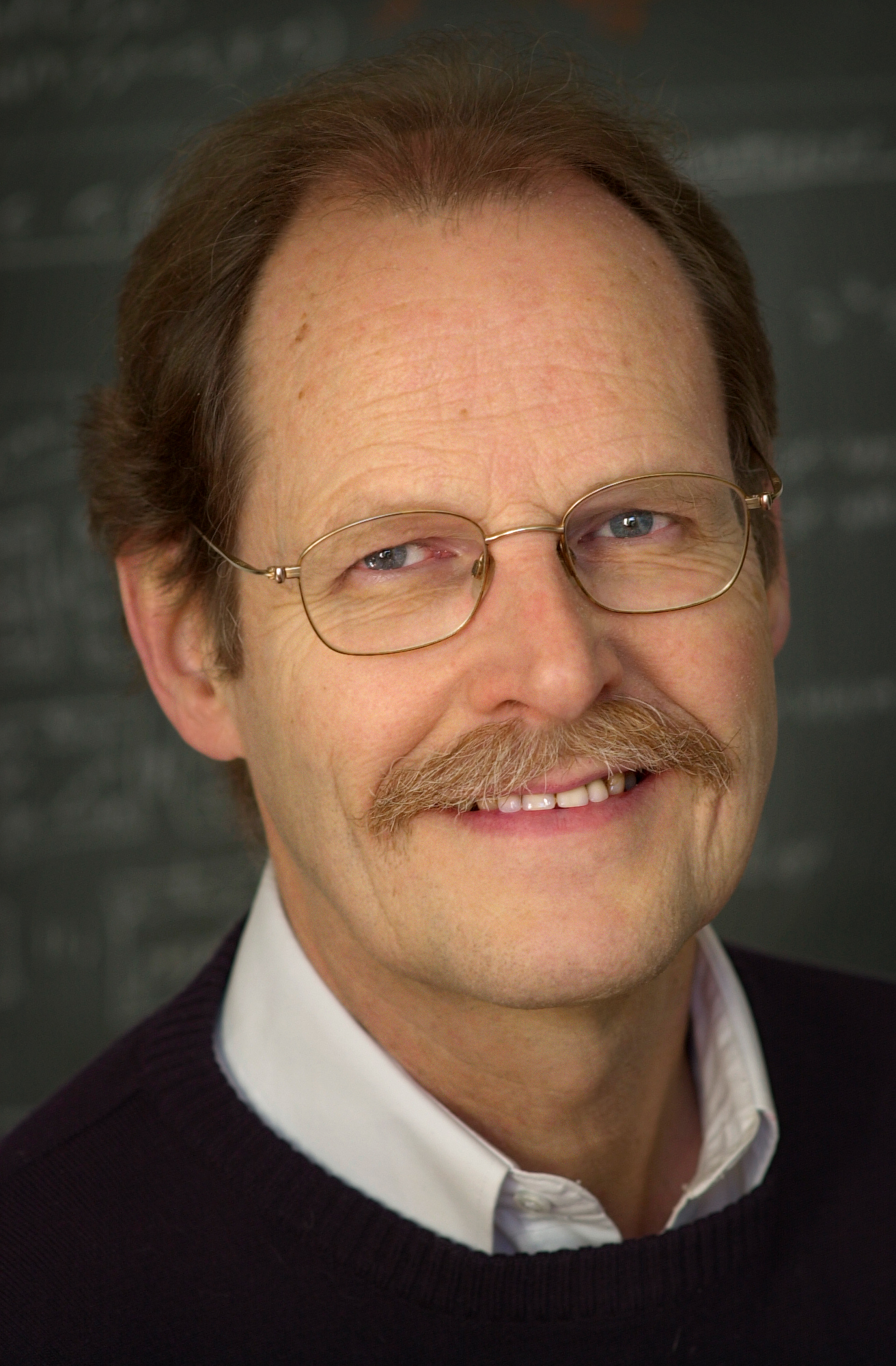
Partial evaluation specialises a program by retaining some of its input data. This can lead to major improvements in performance, and can be used to transform interpreters into translators through a process known as "self-use", in which a program uses itself as input data.
Precisely this ground-breaking self-use was implemented in practice for the first time at DIKU. The methods developed at DIKU are today used in many software systems.
Partial evaluation was created by the TOPPS research group headed by Neil D. Jones. The American top researcher came to DIKU in 1982 because he was attracted by Peter Naur’s work with the ALGOL 60 programming language.
However, as Peter Naur had moved away from his interest in programming language and switched to studying the interplay between humans and machines during the 1970s, Neil started his own research group, which was named TOPPS – Teori og Praksis for Programmeringsprog (Theory and Practice for Programming Language).
The TOPPS group has hatched a number of well-known Danish computer scientists, such as Mads Tofte (former DIKU Head of Department, founder of the IT University of Copenhagen and former Rector there), Carsten Gomard (co-founder of NetCompany), Peter Sestoft (Professor and Head of the Computer Science Department at the IT University of Copenhagen) and Torben Mogensen (Associate Professor at DIKU), who were later joined by, among others, Fritz Henglein and Robert Glück, both Professors at DIKU in the PLTC Section.
Carsten Gomard, Peter Sestoft and Neil D. Jones’ book, Partial Evaluation and Automatic Program Generation, has been on the list of the 40 most important computer science textbooks. In 2014, Neil D. Jones received an ACM Programming Languages Achievement Award which, next to the Turing Award, is one of the most prestigious awards that a computer science researcher can receive. He was also made a Knight of the Order of the Dannebrog in 1998.
Automatic image analysis – a new chapter in computer science
In the early 1980s, the image research group was also set up by, among others, the pioneering researcher Peter Johansen, former Head of Department and Dean of the Faculty of Science, and Edda Sveinsdottir, Denmark’s first female computer scientist.
At that time, programming a computer to analyse images was a completely new and fascinating area for researchers. It may be difficult to imagine today, but just being able to contain a single image had been problematic for computers until then because the first computers had very little memory space relative to today.
One of Peter Johansen’s greatest contributions to this field was his work with scale spaces in images. A technique that helped improve the capacity of computers to localise objects in images. This could, for example, be to find the liver in a three-dimensional medical image.
The scale space theory was based on a pioneering insight: If an algorithm is to understand what is going on in images, it must be designed so that it can recognise big and small things on an equal footing. In other words, understanding an image entails looking at it on several different scales.
Peter Johansen contributed to developing the mathematical theory that made this technique possible. His work has formed the basis for DIKU’s establishment of a solid research environment in medical data processing.
The work has especially been continued by Professor and former Head of Department Mads Nielsen and Professor Jon Sporring, who have passed on this knowledge to countless students on courses on modern image processing.
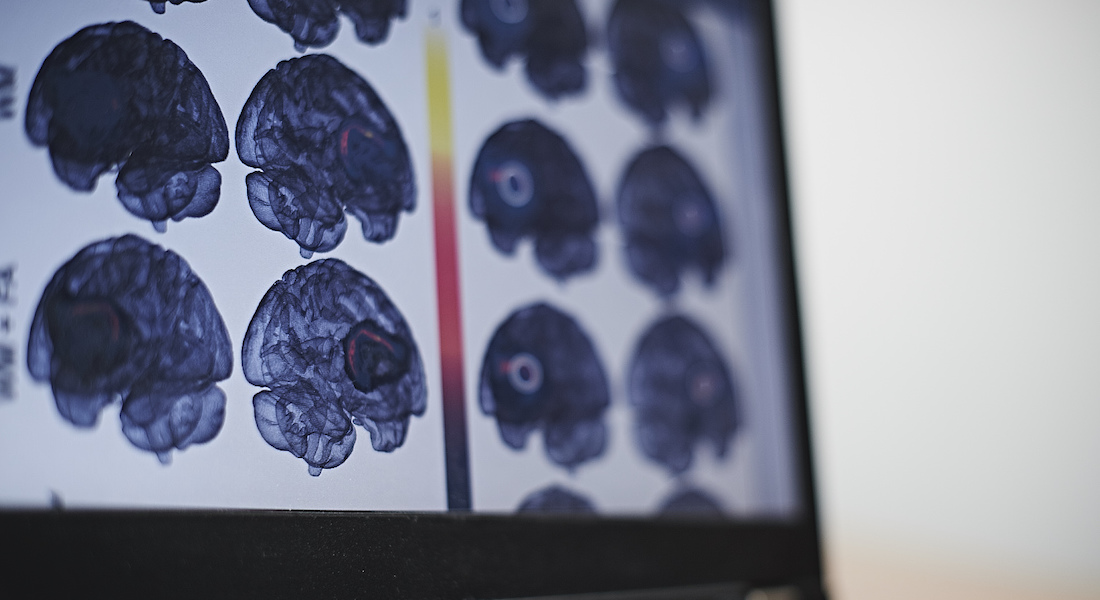
Pattern recognition and artificial intelligence
Peter Johansen's work with scale spaces was overall called pattern recognition. This subsequently became an important element in modern image analysis, which utilises artificial intelligence.
Pattern recognition means programming computers to recognise patterns in images and text based on previous data – just as we do with our eyes. Peter Johansen was a leading researcher in the field of images. In this context, patterns must be understood as, for example, a face, an object, shadows or edges.
Today, pattern recognition is used in big data, artificial intelligence, machine learning, and deep learning (the latter two can be understood as special algorithms in artificial intelligence). These technologies thus use the mindset that Peter Johansen worked within the 90s.
Machine learning and the idea of so-called neural networks, used in deep learning, are therefore not a new technology, but, in the 90s, it was not yet possible for computers to work using so large data volumes.
In recent years, the combination of data digitisation, the development in computer capacity and the technological improvements of algorithms have meant that the quality of artificial intelligence solutions has increased dramatically. DIKU currently has three research sections in this field: IMAGE, Machine Learning, and Natural Language Processing.
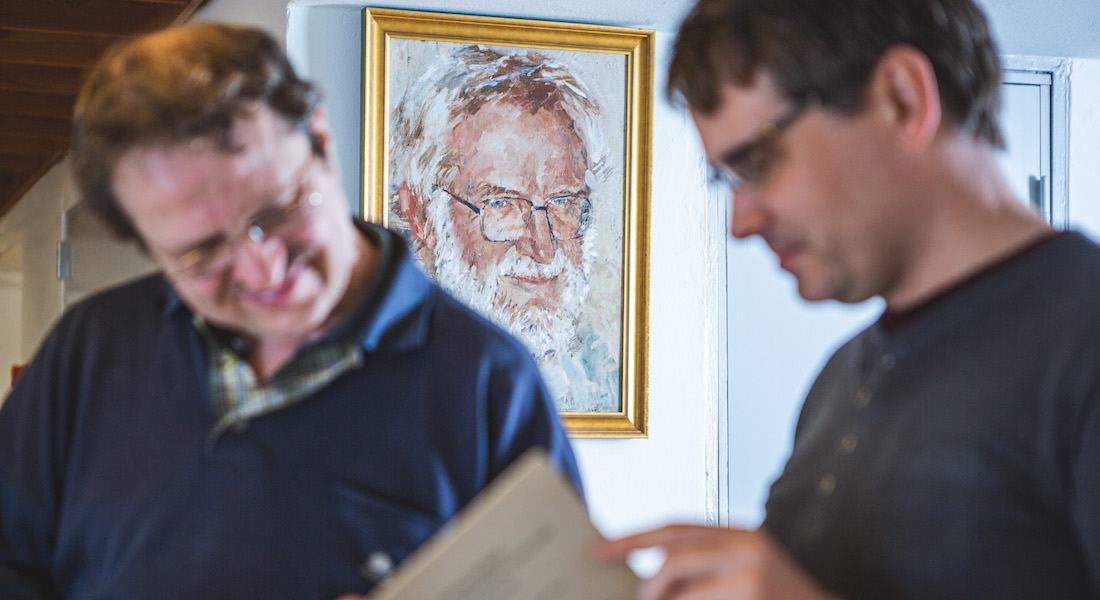
A classic among software developers that can save society millions
If you are to read only one article about computer science and software development, many computer scientists agree that it should be Peter Naur’s Programming as theory building, published in 1985. Today, almost 40 years later, the article is still highly topical, and many software developers characterise it as an eternal classic.
The article anticipates the practice named Agile Software Development in the 1990s, which is now common among software developers worldwide. When software developers work agilely, they are always prepared to learn something new and change their original plans. This kind of knowledge is not transferred directly via a program code or documentation, but is instead stored in the minds of those who originally wrote the code.
In the article, Peter Naur explains why this way of working is not just an option, but a necessity for the development and maintenance of well-functioning IT systems. In practice, this means that it will always be extremely important for organisations to ensure continuous transfers between old and new employees of the knowledge built up on the basis of previous experiments, trials and errors. Otherwise, the software “dies”, as Peter Naur dramatically puts it.

Start of email adventure and .dk domain
The first Danish email was sent in 1983. This was done from one of DIKU’s large computers, after Keld Simonsen, who was a DIKU student at the time, had installed the Unix operating system on the computer.
On 2 January 1983, Keld Simonsen wrote the following to a friend in the Netherlands: “Hi Jim. This is a test. Write back if you receive it. Kind regards from Denmark.” When a reply email landed in Keld Simonsen’s inbox, it was confirmed that DIKU had succeeded in establishing contact with the European server.
The email connection made it possible to get in contact with people in writing whom it had previously taken weeks to get hold of. Where a letter took 5-10 days to arrive each way, the email system managed it in less than six hours! The reason for the relatively large delay was that email was only processed when the computers called up each other, and this happened approximately every four hours.
It soon became clear that the email was a valuable work tool to which all Danish researchers should have access. In 1984, a further ten computers in Denmark were connected to the European network, and access to use the email function could be obtained for an annual fee of DKK 200.
In 1987, the Danish Internet domain ‘.dk’ was launched, after which diku.dk was created as one of the first five domains. Keld Simonsen was again the technical originator together with Klaus Hansen, who was Assistant Professor at DIKU and conducted research into data networks and distributed systems. Another of the first domains was lego.dk.
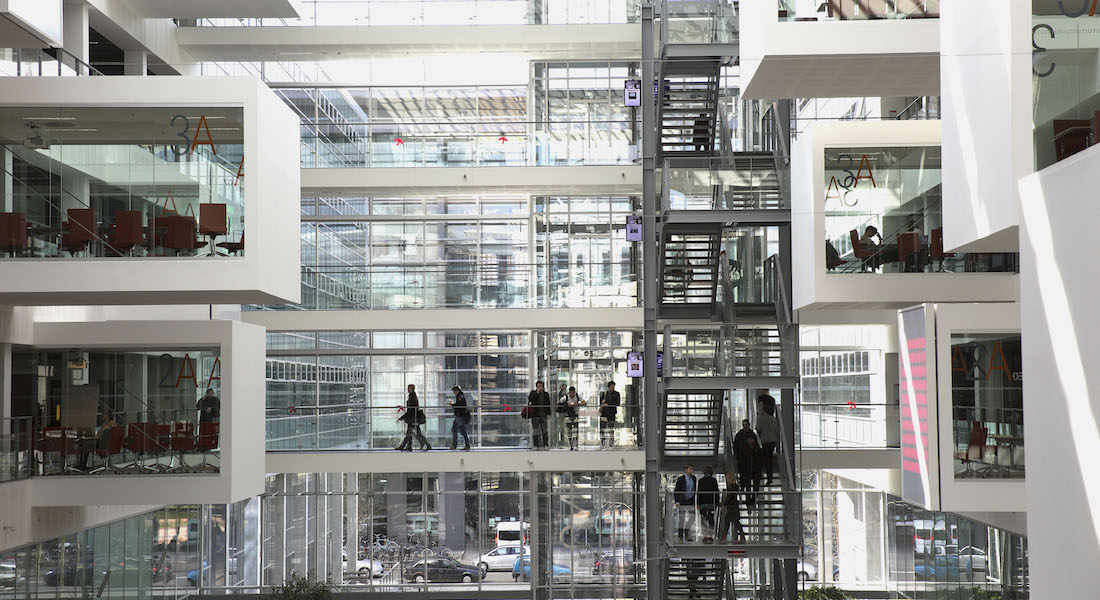
Unicorns and a new university – DIKU’s many branches
Over the years, DIKU has hatched a myriad of talented graduates who have used their competences to create something big and different in other parts of society.
For example, graduates from DIKU have participated in founding a number of successful IT companies, including NetCompany, Jobindex, JustEat, Tradeshift, Sitecore, Octoshape, Area9, Forecast, Clerk.io and SupWiz. Several of these companies have been named so-called unicorns, which means that they have a market value of more than one billion dollars.
Another feather in DIKU’s cap is that it was co-founder of the IT University of Copenhagen in 1999. The digitalisation of the 1990s had created a great shortage of IT graduates, and several DIKU researchers participated in the decision that there was a need for a free and neutral institution that was only engaged in IT. Both the IT University’s former Rector, Mads Tofte, and its current Rector, Martin Zachariasen, have a past at DIKU.
